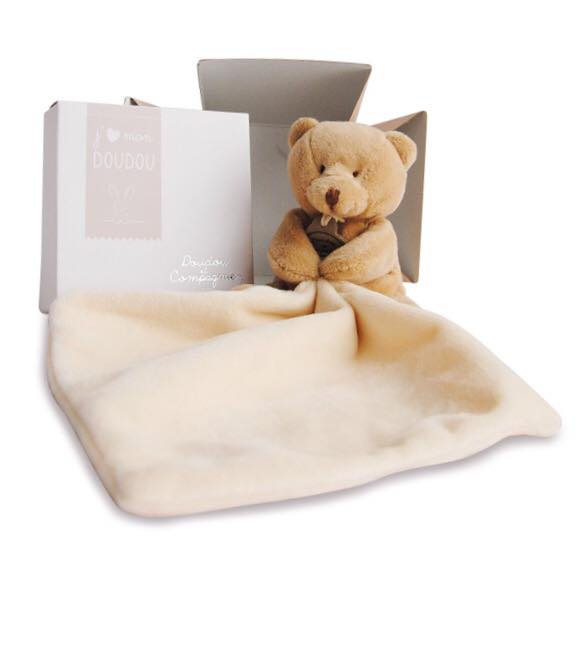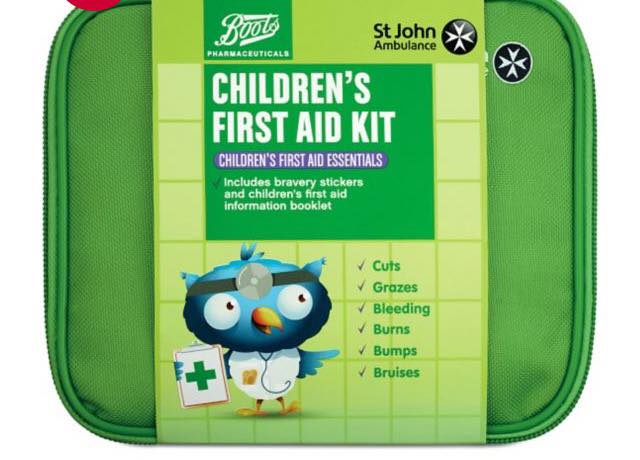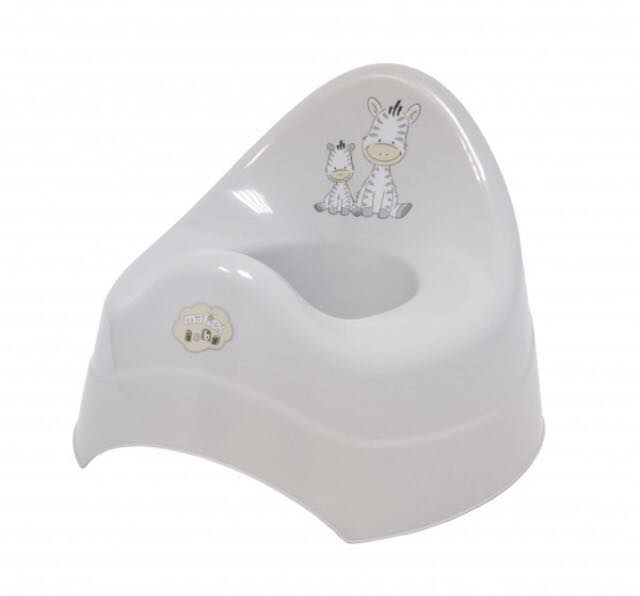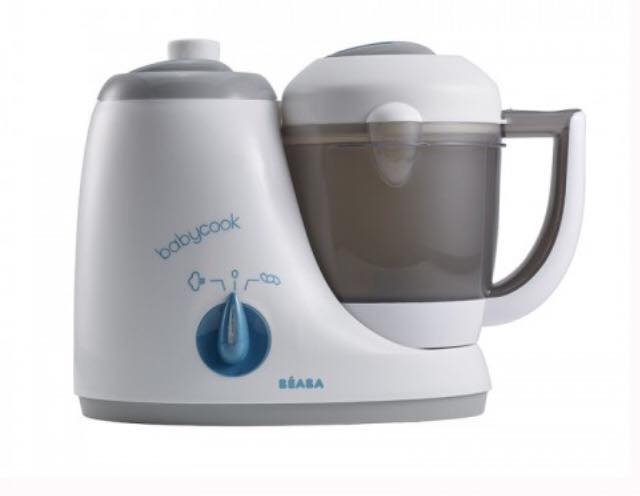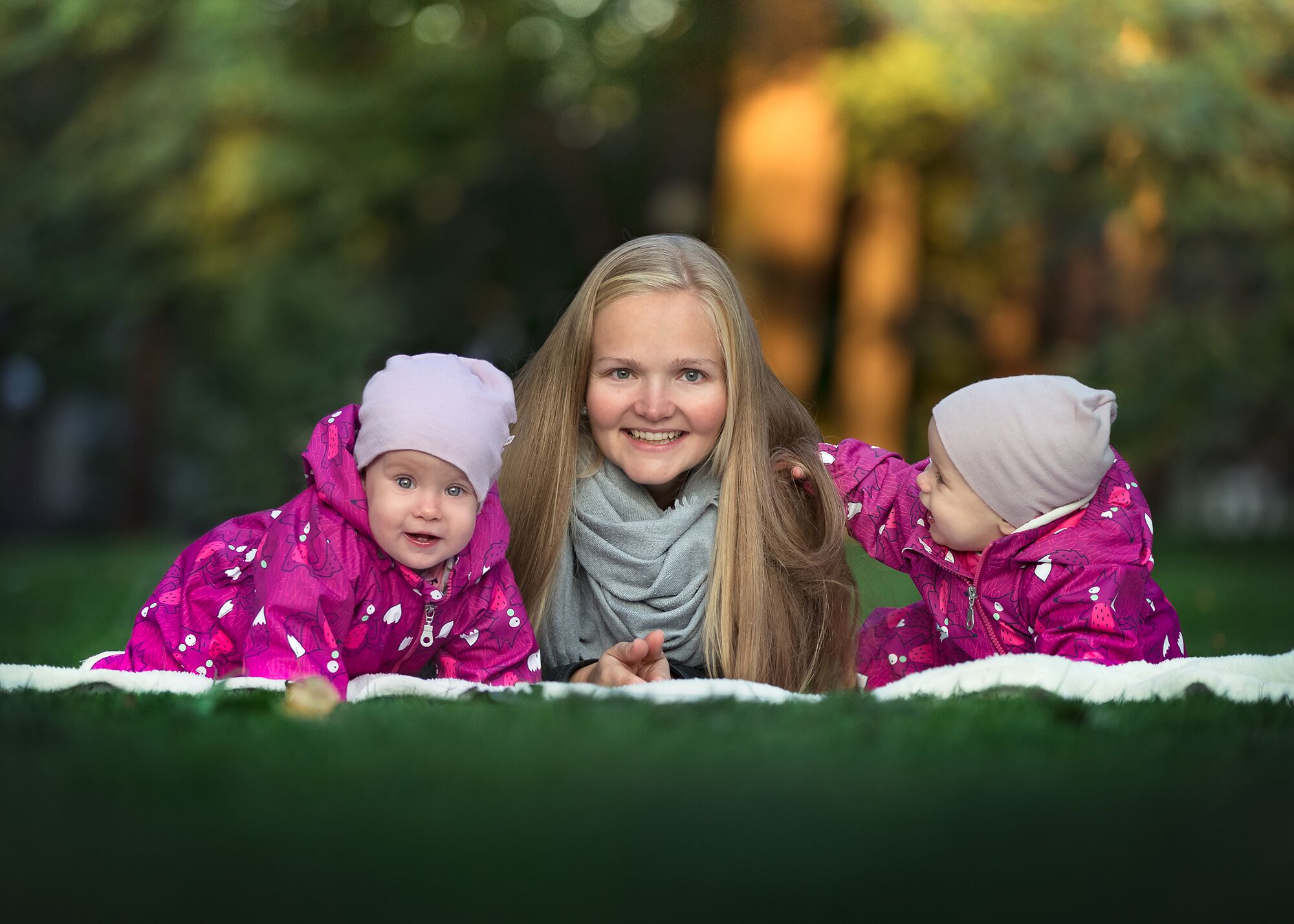Under a dummy I classify everything that is put in a baby’s mouth when they cry with a purpose to soothe them. In my opinion, a dummy is not a solution to resolve the baby’s problem.
Why are babies so attached to dummies?
This is only because they have been trained to use the dummy to calm themselves down. When they get older, they find it comforting and can only calm themselves down once they have the dummy in their mouth. In reality, sometimes the baby just needs to cry themselves empty so that they can be happy again. Instead of a dummy I actually advise to use a small blanket instead as a soother. I advise to choose this blanket in a way so when you put the fabric against your face, it feels very soft and comfy. That’s the way you can ensure that the baby likes it as well. As I keep saying, this baby is your mini version, so always think before buying whether you would use it and whether you like it.
Why a blanket?
Blanket will hold the baby’s scent and in this way baby will learn to calm themselves with it whether by sucking on it or cuddling it. If the baby is used to a dummy, and now you would like the baby to stop using it, then it is a good tip to drop some breast milk (if the baby is still young enough) on the blanket as this scent will calm the baby down. It is not going to be an entirely painless process but the parents have to remain consistent and need to have patience.
Why do I not favour dummies, is because in a longer perspective the children who have used dummies extensively, have found to visit the dentist more often with worries that there is not enough space in the mouth for new teeth to grow. Simple as that, and this is something we want to avoid.
Oh, and before I let you go – in regards to the blanket, please do not forget to wash it from time to time, otherwise it will start smelling quite bad (who has experienced this will know exactly what I’m talking about).
In conclusion, every parent has the option to decide what is the best for his or her child but hopefully I have given you something to think about.
